Combination microwave ovens are a game-changer for your kitchen. They let you microwave, grill, and bake all in one handy appliance, saving you both time and space. Whether you’re reheating leftovers or whipping up a full meal, these versatile ovens make cooking a breeze.
Combination Microwave Ovens
Discover the ultimate kitchen convenience with our versatile combination microwave ovens designed for effortless cooking and heating
Product List
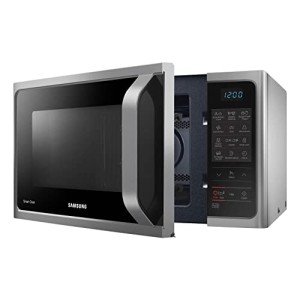
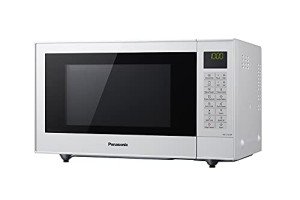
Panasonic Slimline Microwave Grill
Panasonic
Product Review Score
4.99 out of 5 stars
181 reviews$341.36
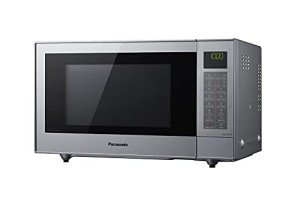
Panasonic Slim Microwave Oven
Panasonic
Product Review Score
4.37 out of 5 stars
121 reviews$361.59
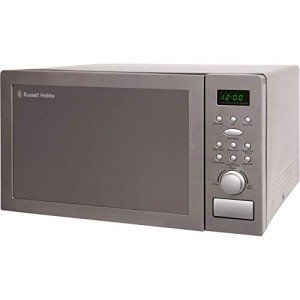
Russell Hobbs 25L Microwave
Russell Hobbs
Product Review Score
4.36 out of 5 stars
199 reviews$197.60 $186.84
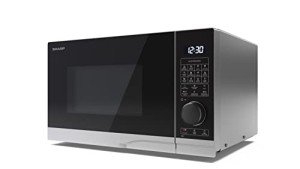
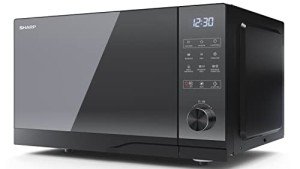
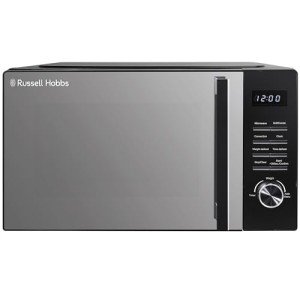
Russell Hobbs 3-in-1 Oven
Russell Hobbs
Product Review Score
4.52 out of 5 stars
62 reviews$174.73 $161.29

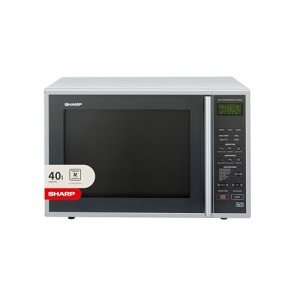

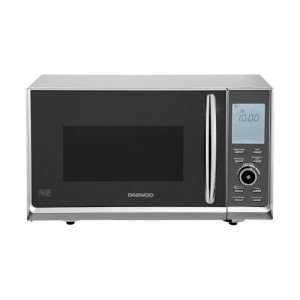
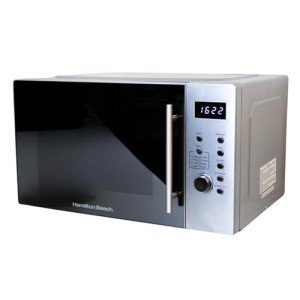
In today’s fast-paced lifestyles, homeowners and food enthusiasts are constantly looking for appliances that maximize convenience without compromising cooking quality. One appliance that has become increasingly popular is the combination microwave oven. Unlike traditional microwaves that only heat or reheat food, these innovative machines combine multiple cooking functions in one unit—making them versatile tools for everyday cooking.
This blog explores what combination microwave ovens are, their benefits, key features to look out for, and how they compare to conventional ovens. It also provides a detailed buying guide, frequently asked questions, and a summary table to help readers make informed choices.
What Is a Combination Microwave Oven?
A combination microwave oven (often shortened to "combi microwave") is a kitchen appliance that merges the fast heating capabilities of a microwave with additional cooking functions such as convection baking and grilling. By blending multiple technologies into one device, it allows users to cook, bake, crisp, brown, and roast—all without the need for a full-size conventional oven.
For instance, while a standard microwave can heat up leftovers in seconds, it cannot deliver crispy textures or evenly baked results. A combination microwave, on the other hand, can grill a sandwich, roast a chicken, or bake cookies—all in a compact appliance.
Advantages of Combination Microwave Ovens
Here are some of the most compelling reasons why more households are opting for these appliances:
1. Versatility
- Functions include reheating, grilling, baking, roasting, defrosting, and crisping.
- Perfect for cooking a wide range of dishes, from quick snacks to full meals.
2. Space-Saving
- Combines multiple kitchen appliances into one, making it ideal for small kitchens, apartments, or offices.
- Reduces the need for a separate oven or grill.
3. Energy Efficiency
- Generally uses less energy and time compared to traditional ovens.
- Heats food quickly while still providing results similar to conventional baking or roasting.
4. Faster Cooking
- Combination modes speed up the cooking process by using microwave energy in conjunction with convection heat or grilling elements.
5. Cost-Effective
- Instead of purchasing multiple appliances, users invest in a single multi-functional unit.
Key Features to Consider
When choosing a combination microwave oven, several features greatly influence performance and usability.
| Feature | Why It Matters |
|---|---|
| Capacity | Measured in liters; larger capacities (30–40L) are ideal for families, while smaller models suit singles or couples. |
| Power (Wattage) | Higher wattage (900–1200W) ensures faster cooking and better results for grilling and baking. |
| Cooking Modes | Look for convection, grill, and combination settings for maximum versatility. |
| Control Type | Touch panels offer a sleek look, while dials are more traditional and easy to use. |
| Programs/Presets | Pre-programmed options for pizza, popcorn, vegetables, etc. simplify cooking. |
| Turntable vs Flatbed | Flatbed designs offer more usable space and even cooking, whereas turntables are more common and cost-effective. |
| Ease of Cleaning | Removable trays, enamel-coated interiors, and steam-cleaning options make maintenance simple. |
| Size/Dimensions | Compact models are suited to smaller countertops, while larger models may require more kitchen space. |
Combination Microwave vs Conventional Oven
| Aspect | Combination Microwave Oven | Conventional Oven |
|---|---|---|
| Cooking Speed | Very fast; uses microwave energy with convection/grill | Slower; requires preheating and longer cook times |
| Size/Portability | Compact; can fit in small kitchens | Larger, built-in or freestanding units |
| Energy Usage | Generally lower consumption | Typically higher due to longer cooking cycles |
| Versatility | Microwave, convection, grill in one device | Limited to baking/roasting (unless multifunctional) |
| Cost | Usually more affordable than full-size ovens | Can be expensive, especially built-in models |
| Best For | Small households, students, those with limited space | Families who cook large meals frequently |
Popular Uses of Combination Microwave Ovens
- Reheating with Crisp Finishes – Leftover pizza comes out hot with a crispy crust, not soggy.
- Baking Small Batches – Cakes, cookies, or muffins can be baked quickly without heating a full oven.
- Roasting Meat and Vegetables – Roast chicken or vegetables with great texture and flavor.
- Grilling Favorites – Toast sandwiches, grill fish, or sear vegetables.
- Quick Family Meals – Use dual cooking modes to prepare meals faster.
Buying Guide: How to Choose the Right Model
When shopping for a combination microwave, consider the following steps:
- Determine Your Needs: Do you need it for simple reheating and grilling, or full-fledged cooking and baking?
- Check Space Availability: Measure the countertop or cabinet space before purchasing.
- Set a Budget: Prices vary widely, from budget-friendly models to premium appliances.
- Look for Warranty and Brand Reputation: Established brands often provide better durability and support.
- Compare User Reviews: Real experiences help identify long-term reliability and performance issues.
Frequently Asked Questions (FAQ)
Q1: Are combination microwaves suitable for large families?
A: Combination microwaves often have smaller capacities than full ovens, making them better suited for individuals, couples, or small families. However, larger models (30–40L) can handle family-sized dishes.
Q2: Do I still need a conventional oven if I buy a combi microwave?
A: It depends on your cooking habits. For frequent bakers or those who prepare large meals, a conventional oven may still be useful. For everyday cooking, a combi microwave is often sufficient.
Q3: Can I replace my toaster or air fryer with a combination microwave?
A: In many cases, yes. Combination microwaves can grill and crisp foods, similar to a toaster or air fryer. However, specialized appliances may still offer better texture for certain recipes.
Q4: Are they energy efficient?
A: Yes, they generally consume less energy than conventional ovens, especially for small meals, because they cook faster and require less preheating.
Q5: Can metal containers be used in combination microwaves?
A: No, metal should not be used in microwave mode. However, in convection or grill mode, oven-safe metal trays may be suitable—always refer to the manufacturer guidelines.
Final Thoughts
Combination microwave ovens offer an excellent solution for modern households that value efficiency, versatility, and space-saving design. They seamlessly blend the speed of microwave technology with the quality of convection baking and grilling, making them an indispensable appliance for many kitchens. While they may not completely replace a full-size oven for large-scale cooking, they are perfect for small households or anyone seeking quick and diverse cooking options.
Whether one is baking a cake, grilling vegetables, or simply reheating last night’s dinner with a crispy finish, a combination microwave oven makes the process effortless and efficient.